Australia is known for its beaches, deserts, and kangaroos, but it also has some of the best fishing opportunities in the world. From the tropics to the desert to the temperate regions, Australia is home to an incredible range of fish species. We have a wealth of coastal rivers, lakes and farm dams, and outback wetlands that could keep even the most avid fisherman occupied for a lifetime. Fishing can be the start of a lifetime journey of discovery that will increase your intimacy with the natural world and allow you to gain skill and finesse in your fly fishing techniques.
The best part is that fishing is all over Australia. With almost 60,000 kilometres (37,000 miles) of coastline and more than 4,000 marine species, this place is a fishing heaven. We're fortunate enough to be surrounded by beautiful reefs, which play host to an abundance of marine life—think dolphins, dugongs, and humpback whales.
If you're looking to explore the world of fly fishing, Australia is the perfect place to start. With its diverse landscape and abundance of fish species, there's something for everyone Down Under. Whether you're looking for a fish that bites or a bigger catch—or both—Australia has something for you.
In this comprehensive guide, Koala Outdoor will cover everything you need to know about fly fishing in Australia. Our mission is to arm and equip every fly fisherman with a solid understanding of the key principles to serve as the cornerstone of their future fly fishing journey. From the best places to fish to what gear you'll need, we've got you covered.
So grab your waders and let's get started!
What is fly fishing?
Fly fishing is a sport that involves casting a fly line with a fly rod and reel and trying to catch fish by using bait (typically artificial lures that look like insects.) It's one of the most popular pastimes in the world and has been practiced since ancient times, but it is most associated with trout fishing in mountainous streams in Europe.
Thanks to Australia's unique ecology, there are many fish species there that can only be caught with fly fishing gear: bass, trouts, redfish, tarpon, and barramundi. Each of these saltwater species offers anglers a unique challenge and the opportunity to experience stunning scenery in the process. Your fly fishing guide will take you on an adventure tailored to your requirements; you can fish for wild brown and rainbow trout in a variety of waters: from pristine mountain streams to small meandering lowland rivers.
The golden era of fly fishing in Australia began when the first colonists arrived and introduced trout and coarse fish species to their domain. In 1894 a group of men went on an expedition to test the potential for fly fishing in Australia, and they found that they were able to catch trout in practically every river they visited.
This is because fly fishing requires a broad range of skills that includes: casting, fly tying, entomology (the study of insects), stealth, and stream craft (recognising where the fish will be).
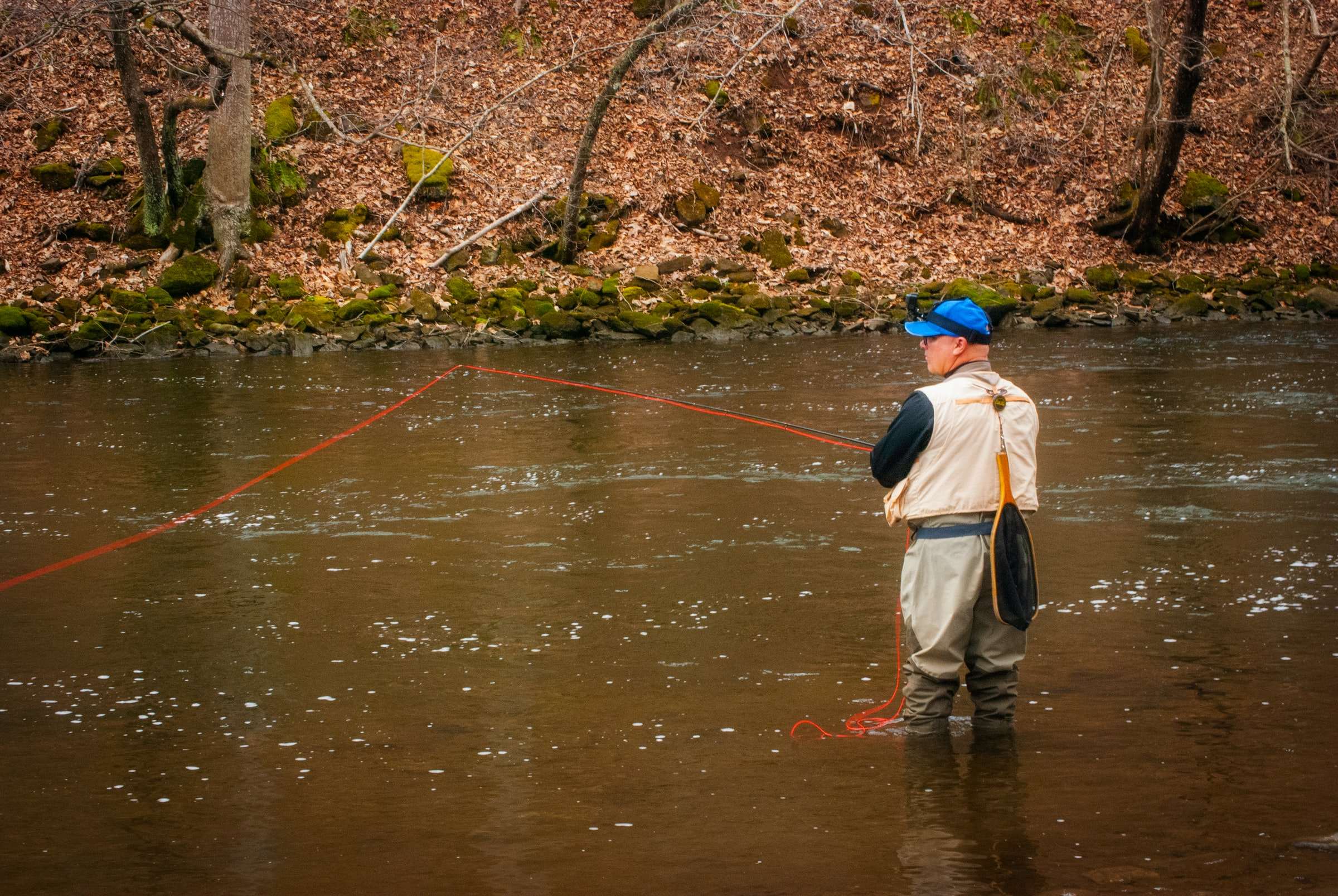 Does Australia have good fly fishing?
Does Australia have good fly fishing?
Yes! Fishing is awesome. It’s a bit like golf—it’s relaxing and it requires practice, but the basics come quickly. You cast a fly line and wait for a fish to bite, or you cast a lure and wait for a fish to bite. Really, that about covers it. Depending on where you fish, there’s always something new to see—from sea otters playing in tidal pools to humpback whales breaching off the coast of Tasmania.
Tropical Queensland is home to giant barramundi and exotic species such as jade perch and yabby, while Western Australia is famous for its huge sharks and mud crabs—the latter are so big they can easily fit in your hand! The Northern Territory is renowned for its billfish, tuna, and other pelagic species. Even Victoria's Murray River has an abundant population of trout, silver perch, and catfish.
Where are the best fishing spots in Australia?
Because Australia is so big and its climate ranges from tropical to desert-like, there are many different kinds of fishing opportunities on offer. You can try your hand at saltwater fly-fishing in Queensland; if you prefer freshwater, head to Western Australia or New South Wales. If you want some sea fishing action, then charter a boat in Victoria or Tasmania. The options are endless!
Whether you’re a fishing fanatic or a novice, Australia offers some of the best trout fishing in the world. There are hundreds of rivers and small stream fishing to explore ranging from gentle streams to raging torrents and everything in between. For example, the Snowy Mountains, which are located in southeastern Australia near New South Wales, offer some of the best trout fishing in the country. The Snowy Mountains are one of the few places in the world where trout can be found living within an alpine environment. Although you can catch rainbow trout here year-round, they tend to be more plentiful during winter and spring.
Because many people associate Australia with Great Barrier Reef fishing and other saltwater angling opportunities, trout fishing can often be overlooked by visitors. However, it’s important to remember that there is also excellent freshwater sportfishing available throughout rural Australia, as well as remote locations around Sydney and Brisbane. In fact, when budget or time is an issue, it might be best to chase trout in the best-kept secrets of the Central West and Blue Mountains of NSW or experience the alpine wilderness of the Snowy Mountains. You never know what you might find!
And don't forget: only native Australian fish may be kept for eating—if you're looking for new fishing techniques, look no further than what you'll find here!
What months are best for fly fishing?
Fly fishing is a popular pastime in Australia, with many people enjoying the sport all year round. However, there are certain months that are better suited for fly fishing than others. As a result, the sport is accessible to people from all walks of life. What rod, reel, and line weight you require all depend on the species of fish you intend to catch.
The most ideal time to go fly fishing in Australia is between April and October. This is when the weather is generally more stable, with fewer extreme temperatures and less rainfall. The water is also usually clearer during this time, which makes for better visibility and easier fishing.
If you're looking to catch a specific type of fish, it's important to research the best time of year to target them. For example, trout are most active in late spring and early summer, while bass can be caught all year round in some parts of the country.
Remember to check the local weather forecast for the area you'll be fishing in at least a few days before you head out. You should also check local water levels to ensure there aren't any major flooding or drought problems that could force you to change your plans.
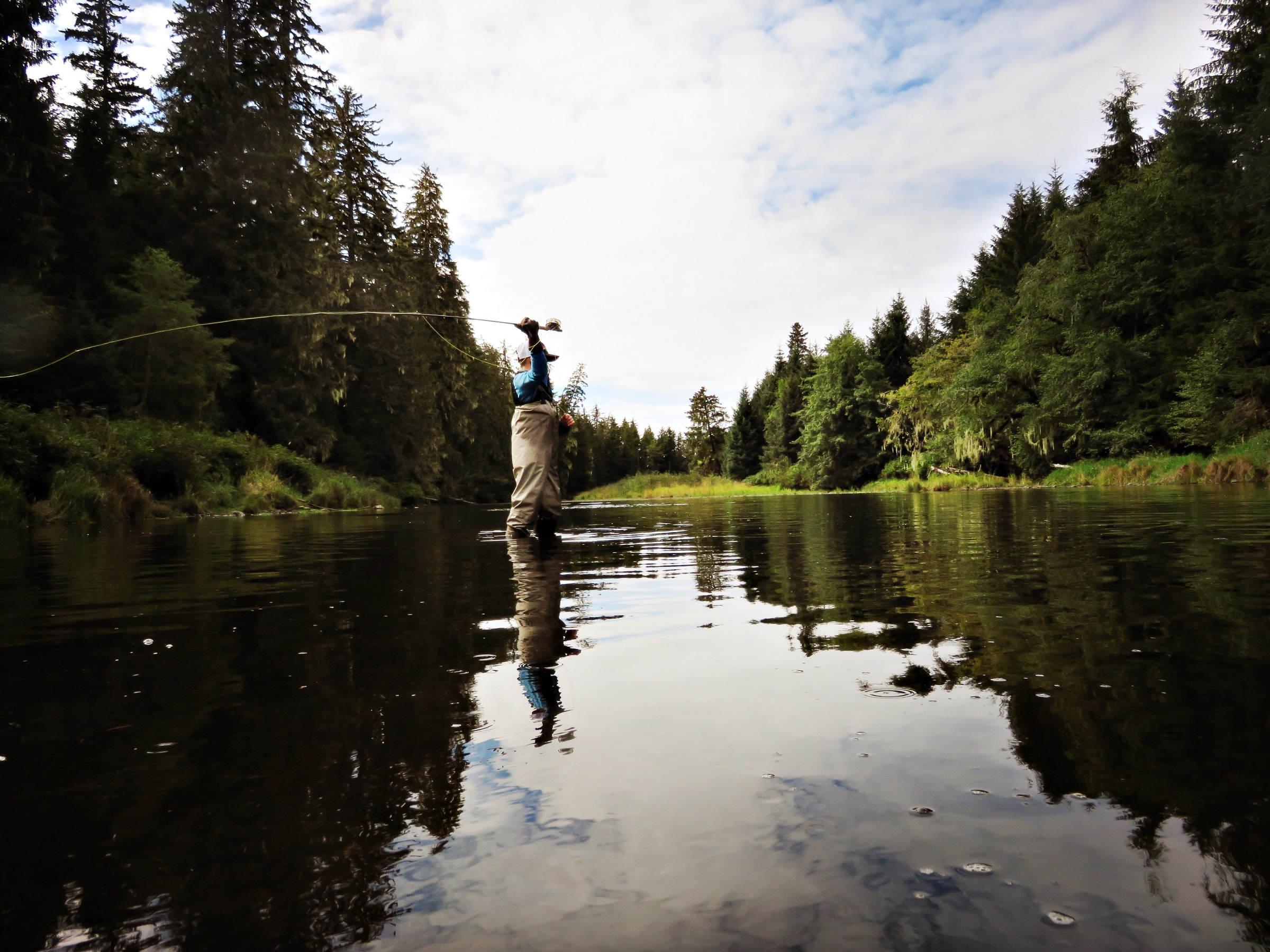 Where can I fly fish in Australia?
Where can I fly fish in Australia?
No matter where you are in the world, there's a good chance there's some form of fly fishing that can be enjoyed nearby. From lazy mountain streams to tropical lagoons, the sport can take you around the globe. The only thing to consider before your trip is what month you should plan your visit around.
Best fly fishing spots in Australia
In a persuasive tone: If you're looking for a new way to get outdoors, fly fishing in Australia can provide the perfect opportunity. In fact, the sport has become so popular that there are now hundreds of locations throughout the country where you can go fishing and enjoy the beautiful scenery.
There are many different places you can go fly fishing in Australia. Each of these locations offers something unique and provides anglers with the opportunity to catch a variety of different fish species. Some of the most popular spots include:
The Great Barrier Reef
The Great Barrier Reef is one of the most iconic sights in the world and is home to some of the most beautiful and diverse wildlife in Australia. The water around the reef ranges from black and green to blue and teal, making for a very tranquil place to go fly fishing.
The Murray River
The Murray River is one of the most iconic rivers in Australia and is a great place for fly fishing. The Murray runs through three states—New South Wales, Victoria, and South Australia—so there are plenty of different spots to choose from. The best time to fish the Murray River is between November and March.
Lake Argyle
Lake Argyle is a man-made lake that was created during World War II when a Japanese plane crashed into the lake, leaving a large hole in its center. The water is dark blue and calm, making it an ideal setting for a day of fly fishing. You can fish from shore or from one of two floating docks that have been installed within the lake.
Kangaroo Island
Kangaroo Island is an island off the coast of South Australia that has become an internationally known tourist destination thanks to its diverse wildlife—it's also home to some incredible fly fishing opportunities. The island is home to several different species of fish, including bass, brown trout, and rainbow trout.
The Tiwi Islands
If you're looking for a truly unique fly fishing experience, the Tiwi Islands are worth a visit. This remote archipelago is located off the coast of the Northern Territory and is only accessible by boat or plane. The Tiwi Islands are home to several different species of fish, including barramundi, saratoga, and tarpon.
Each of these locations offers something unique and provides anglers with the opportunity to catch a variety of different fish species.
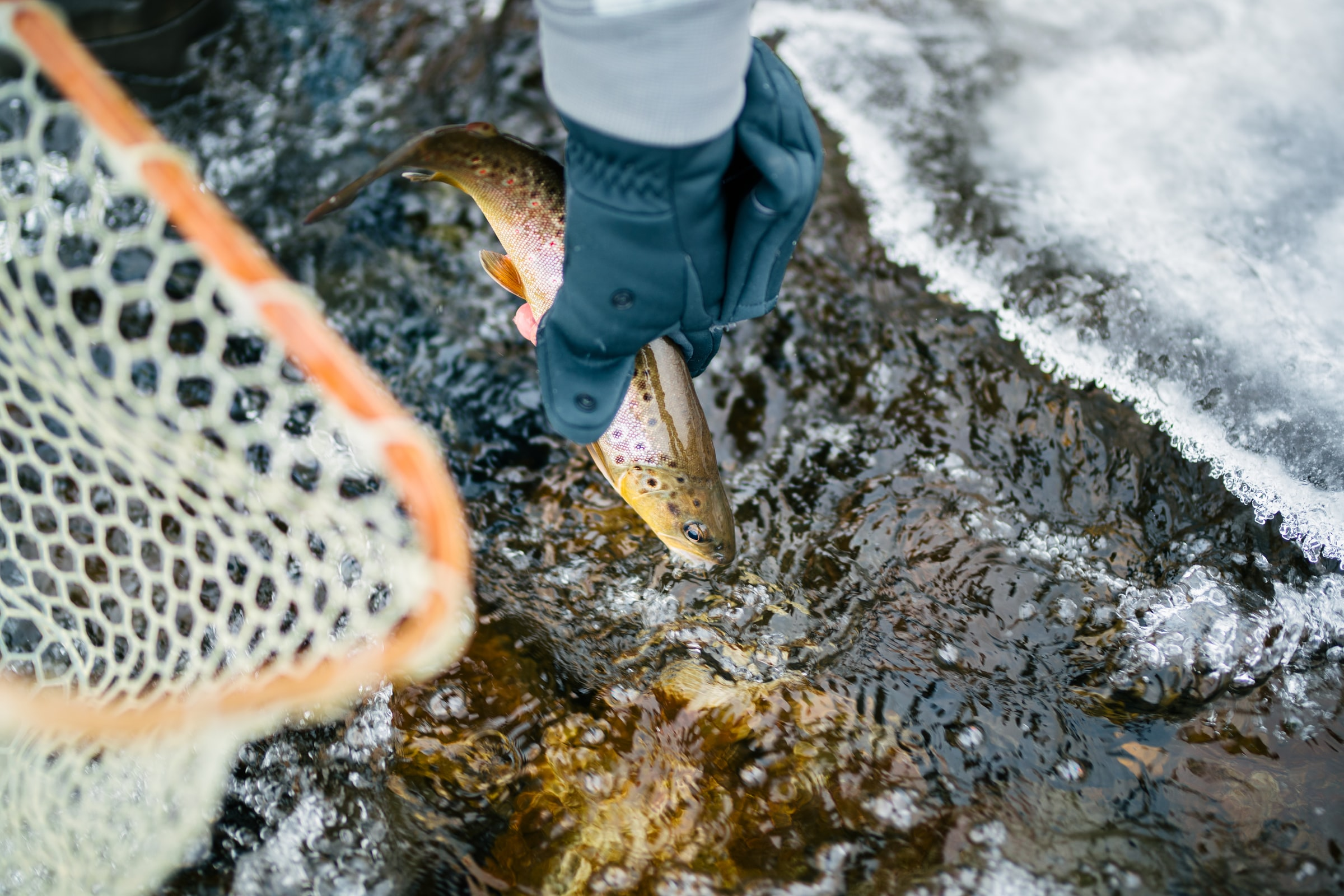 What fish can you catch fly fishing in Australia?
What fish can you catch fly fishing in Australia?
For an angler, Australia's vast and varied landscape provides the ideal opportunity to experience diverse fish species. As famous for its rugged mountains as it is for its desert, Australia offers a wide variety of climates that support a wide variety of fish. Though some parts of the country are well suited for freshwater fishing, others offer saltwater fishing in the Great Barrier Reef or other exotic locations.
To help you choose your next location for fly fishing in Australia, here's a list of some common fish you can catch:
Bass
The most common sport fish in Australia, bass are found all over Australia, with many different species native to specific regions. Some of these include Murray Bass, Macquarie Bass, Grownup Bass, and Australian Bass. While some people prefer to catch them on spinning rods and reels, many think that fly fishing Australia is a more authentic experience
Trout
Australia is home to both sea trout and brown trout; while they look very similar to their cousins in North America and Europe, they are somewhat different. The Red Trout is one such example—it's actually a grayling! Sea trout tend to be smaller than their freshwater counterparts and have different coloring, with red spots instead of blue or green ones.
Redfish
A popular game fish, redfish can be found all along the Australian coast. They are often caught on live bait or lures, but can also be caught on flies. Redfish have a reputation for being strong fighters, so be prepared for a battle if you hook one!
Tarpon
A saltwater fish, the tarpon are found in the waters around the Great Barrier Reef. They are known for their large size and powerful jumps, making them a popular target for both sport and commercial fishermen.
Barramundi
One of the most popular freshwater fish in Australia, barramundi can be found in rivers and lakes all over the country. They are a popular target for both recreational and commercial fishermen and are considered to be one of the best-tasting fish in Australia.
No matter what type of fish you're looking to catch, Australia has something to offer. With its diverse landscape and a wide variety of fish species, fly fishing in Australia is an experience you won't want to miss.
 What gear do I need for fly fishing in Australia?
What gear do I need for fly fishing in Australia?
Australia has some of the best fly fishing Australia. If you're planning a trip there, you'll want to be prepared for some of the most beautiful scenery and exciting fishing adventures you've ever seen. To get ready for your trip, you'll need these items:
A fly rod and reel
These are what you'll use to actually catch the magnificent fish you'll spot in the clear waters and pristine lakes around Australia. Select one that's sturdy and built for fly fishing—you don't want something that will break on your big day.
Fishing lures
Lures are what will "catch" the fish, but you can't just have any old fly lying around—it needs to be alive and active enough for the fish to bite into it. Make sure you have a variety of flies with you so that there will always be one available to match whatever mood the fish happens to be in.
Waders
These will keep your feet safe from sharp rocks as well as deep water. You also want some that are breathable so that they won't make your feet too hot while protecting them at the same time. They should also be quiet so that they don't scare away any fish.
Fishing net
You'll need something to scoop up your catch once you've finally managed to land it. A net will do the trick and make sure that your fish stays put until you're ready to release it back into the wild.
Tackle box
This is where you'll store all of your gear so that it's organized and within reach when you need it. Make sure to get one that's big enough to accommodate everything you'll be bringing with you, but not so large that it becomes a nuisance to carry around.
With these essential items, you'll be ready to tackle any fly fishing Australia. So what are you waiting for? Start planning your trip today!
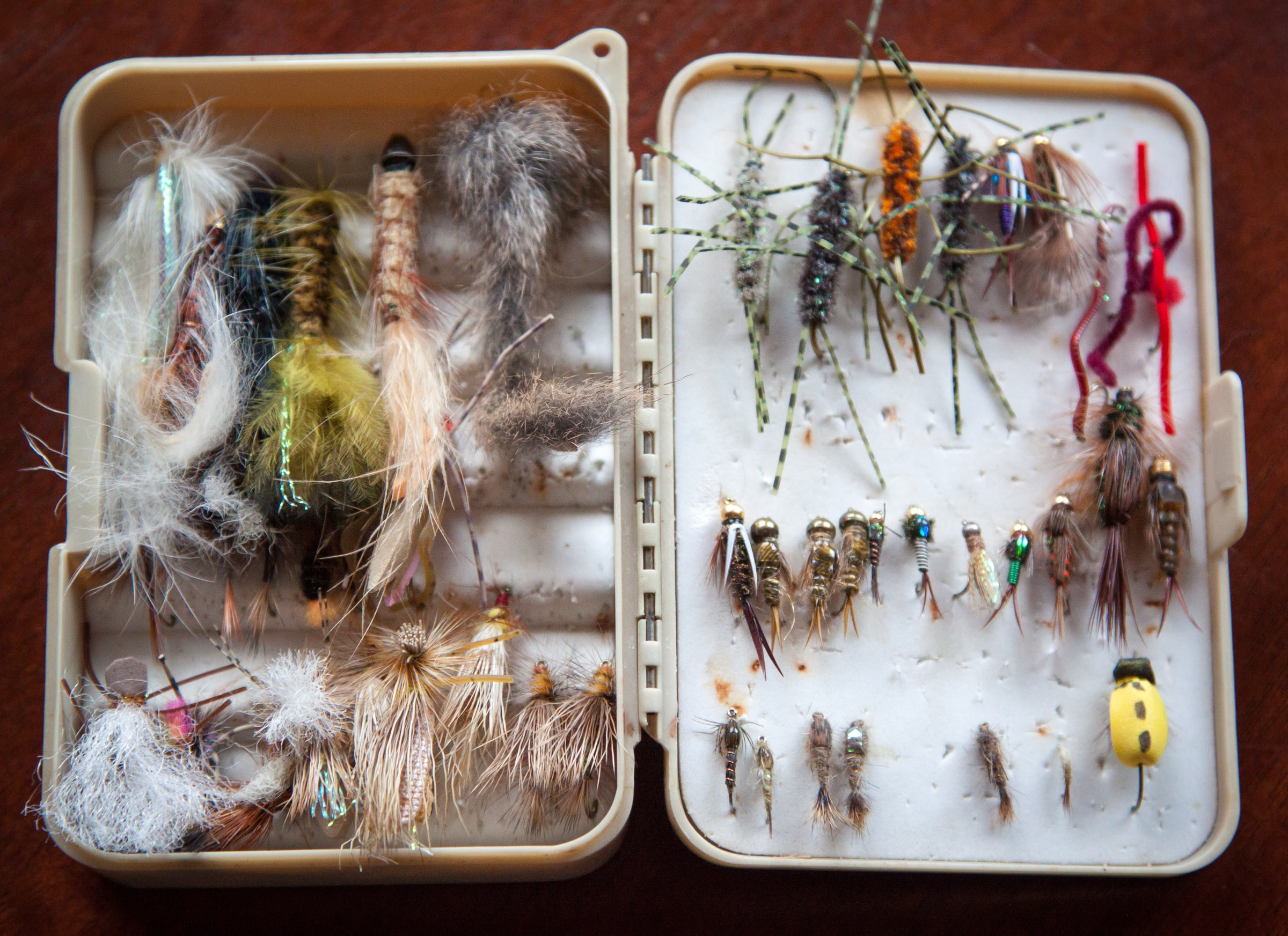 What lures are used for fly fishing?
What lures are used for fly fishing?
Before you head out to try your luck on the water, make sure you've got these lures in your fishing tackle box. As with any sport, a good fly fisherman needs to be prepared for any conditions. If you come across a lake that seems to have good fishing but the weather is bad—too cold, too hot, too rainy—you'll have to change up your strategy.
To get you started on the right foot, here are several main types of fly fishing lures that vary in appearance and purpose:
Nymphs
Nymphs are designed to imitate the larval stage of insects. These types of lures are often used when fish are feeding on underwater larvae.
Streamers
Streamers are designed to imitate small baitfish or other small aquatic creatures. These types of lures are often used when fish are feeding on small fish.
Spinners
Used to attract fish by moving flashy spinner blades that flash in the water. This kind of lure is great for attracting a wide variety of fish.
Floating flies
These are designed to appeal to fish in the water column. This type of lure is used when fish aren't feeding on or near the bottom. They're often used in rivers and lakes due to their ability to float above a large area of water. Floating flies are made from cork, foam, rubber, plastic, or feathers.
Poppers
Popper lures are blunt- or scoop-headed flies fished on the surface of the water with quick strips and twitches, imitating wounded baitfish, frogs, mice, and other small prey animals. Poppers were borrowed directly from the baitcasting crowd—bass and warm-water species love these flies.
Diving flies
This type of lure mimics small fish swimming near the surface of the water. Diving flies are typically used in ponds and still water areas like lakes where fish don't move far from their home territory. Diving flies can be attached to a fly line using a small weight or by being tied directly onto the fly line with a thread.
Dry flies
Dry flies are designed to imitate flying insects that land on the water's surface. These types of lures are often used when fish are feeding on insects that have landed on the water.
Wet flies
These are designed to sink below the surface of the water and are often used in areas with fast-moving water. Wet flies can be made from a variety of materials, including feathers, rabbit fur, or even human hair.
Koala Pro Trip: These metallic lures are great if you're trying to lure specific species of fish. For example, salmon and trout love bright silver lures. Many fishermen will also add a bead or two to mimic an egg sac, which is an irresistible part of a salmon's diet. If you're out at night with a small flashlight, this can make your lure look even more like an egg sac—and it's very effective at bringing in fish! If you're using this kind of lure during the day and it goes over a fish's head or between its fins, don't worry about it; there's no way for them to tell it's not real!
Now that you know a little bit more about fly fishing lures, it's time to start planning your fly fishing journey! With so many incredible places to fish, you're sure to have an unforgettable experience.
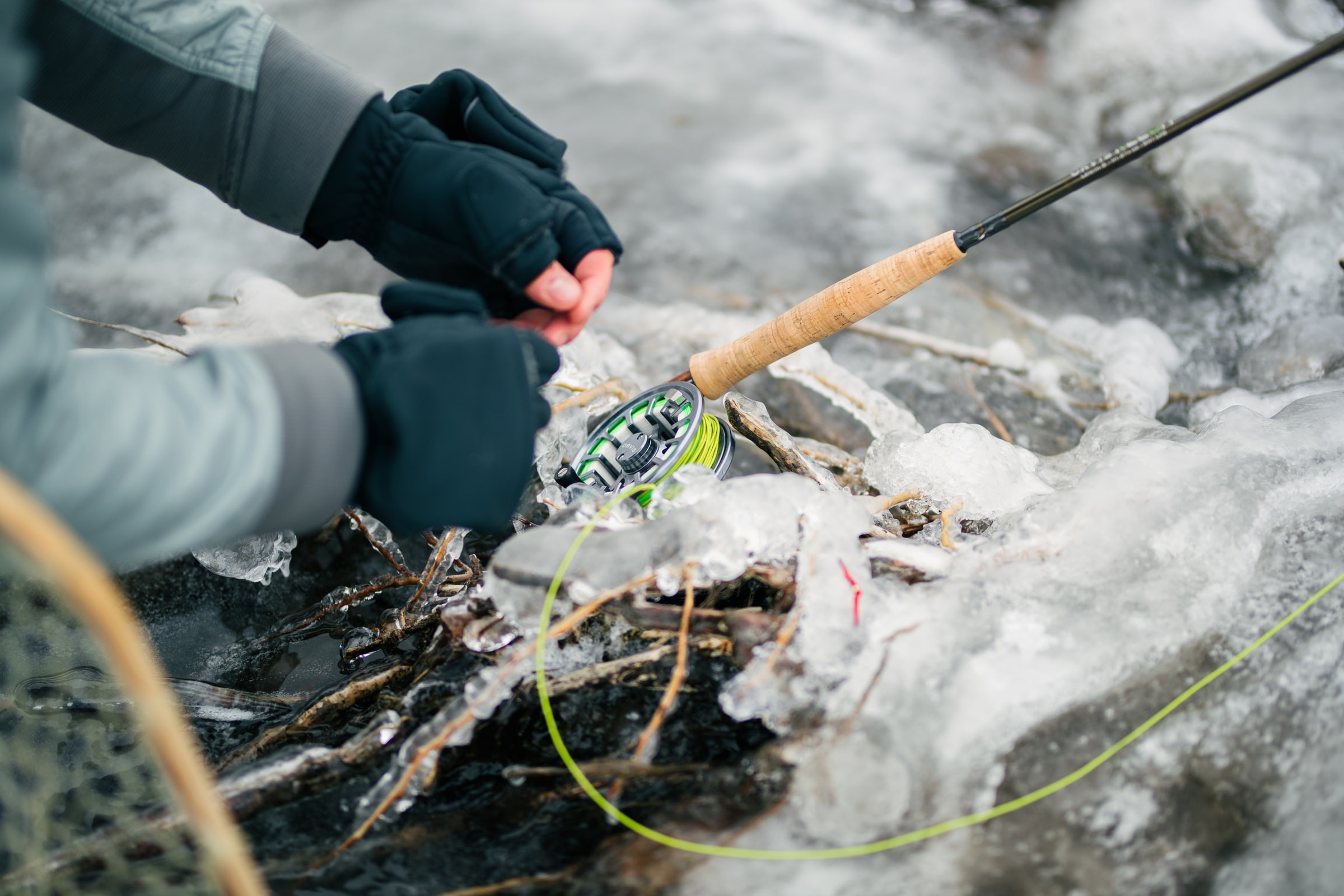 Can you fly fish with lures?
Can you fly fish with lures?
Yes, you can fly fish with lures. While most fishers agree that a fly rod and reel is the best way to go when it comes to catching fish, many anglers still use lures when they are out on the water. Lures are a type of bait that is designed to attract fish. They come in a variety of shapes, sizes, and colors, and can be made from different materials, like feathers, plastic, or metal. There are many different types of lures that can be used for fly fishing, so it's important to choose the right one based on the fish you're hoping to catch.
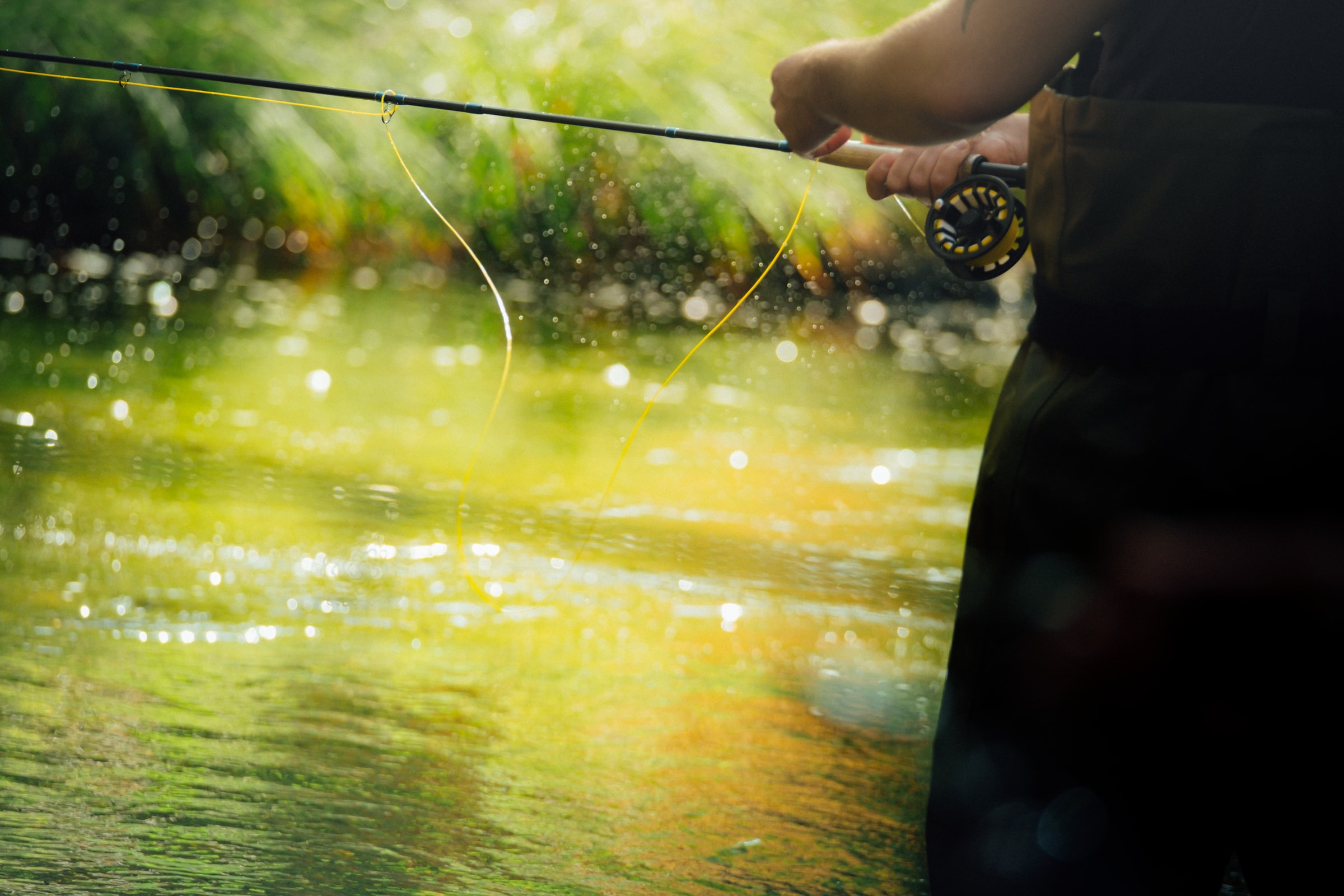 Does fly fishing catch less fish?
Does fly fishing catch less fish?
Fly fishing is often believed to be the best method of fishing because it allows you to catch a wider range of fish. While some people argue that fly fishing catches more fish or fish of higher quality, there are many reasons why this is a misconception. In fact, you can actually catch just as many fish with other methods as you can with fly fishing.
- You can catch many types of fish with fly fishing
- Fly line casters use bobbers which attract catfish, bass, and bluegill
- Many other types of lures are used for catching large-mouth bass
- If you want to catch trout, try using spinners or bait
- You can use a different lure for every species of fish
- You can change your tactics based on the time of day or year, water conditions, and other factors
- You can even use live bait when fly fishing
- You can catch fish in both fresh and saltwater when fly fishing
- Fly fishing is a great way to relax and enjoy the outdoors
- It's a great way to bond with friends or family members who also enjoy fishing
You can catch a wide range of species with fly fishing. This includes bluegills, bass, trout, and many more. Fly fishing is an extremely versatile sport, unlike the other types of fishing such as baitcasting or spinning. You won't just be limited to certain species of fish; you'll be able to catch them all!
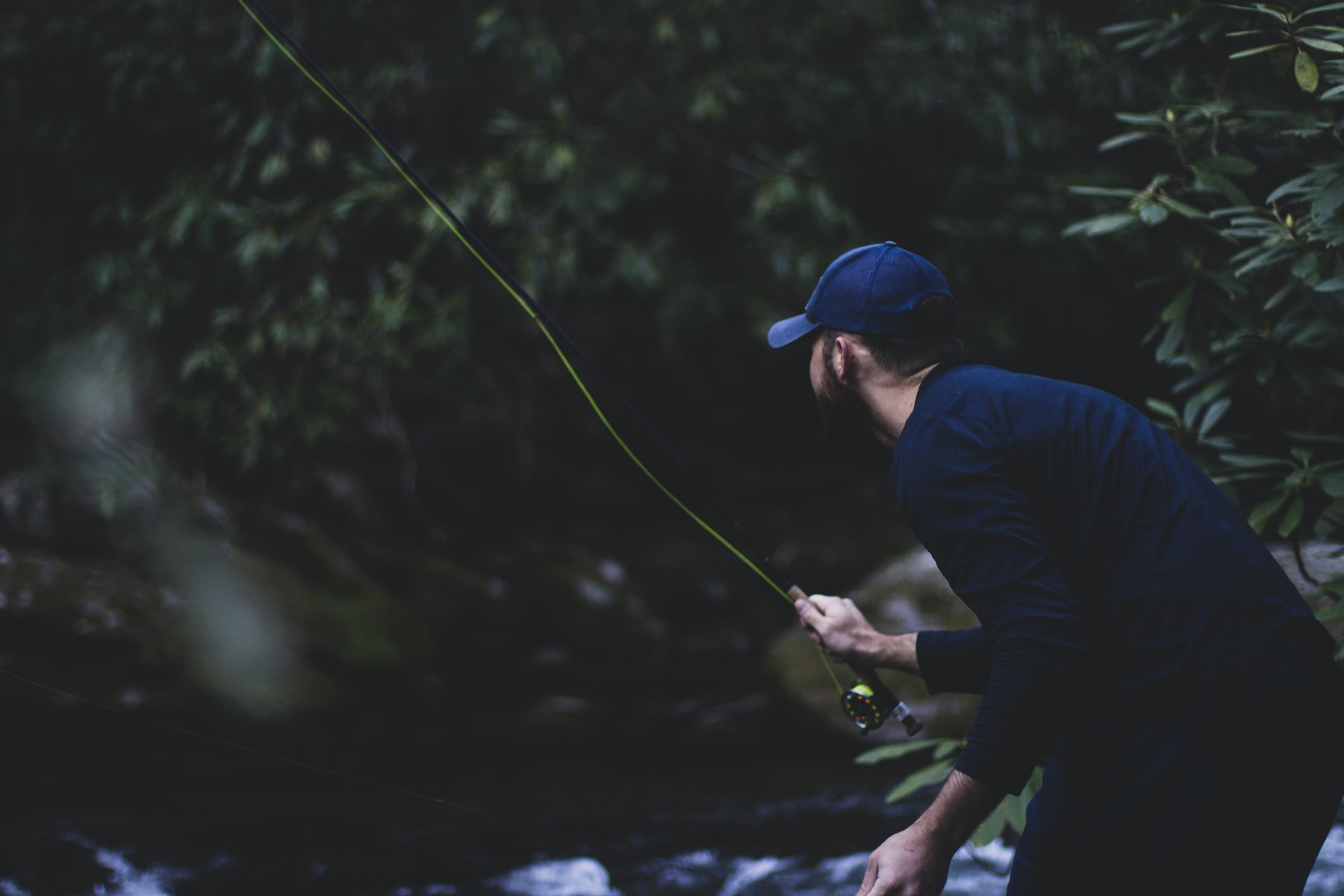 How do I catch trout for fly fishing?
How do I catch trout for fly fishing?
Trout is a popular choice for fly fishing, as it can be found in many different types of water. When choosing a lure or bait, it's important to consider the type of stream trout you're hoping to catch. For example, brown trout are often found in fast-moving water, so using a lure that imitates a small fish or insect is a good choice. Rainbow trout, on the other hand, are often found in slower-moving water, so using a larger lure or bait is a better option.
Here are some tips for catching trout when fly fishing:
- Use a light tackle and line when fly fishing for trout. This will help you to cast your line more accurately and avoid spooking the fish.
- Choose a lure or bait that imitates the type of food that trout typically eat. For example, if you're fly fishing for brown trout, using a small streamer fly that resembles a minnow is a good choice.
- Pay attention to the water conditions when fly fishing for trout. Faster-moving water is often a good choice for targeting trout, as the fish will be more likely to be actively feeding.
- Be patient when fly fishing for trout. Stream trout can be difficult to catch, so it's important to be patient and wait for the right opportunity.
- If you're having trouble catching trout, try using a different type of lure or bait. Sometimes, changing your approach is all it takes to start catching fish.
Remember, trout stream can be difficult to catch, so it's important to be patient and wait for the right opportunity. If you're having trouble catching trout, try using a different type of lure or bait. Sometimes, changing your approach is all it takes to start catching fish.
 Conclusion
Conclusion
There are many reasons why you should go fly fishing. You may prefer the experience over other forms of fishing because you enjoy the meditative aspect, or you may simply like the challenge of the sport itself. Either way, there is no denying that fly fishing can be a great sport to try out once spring rolls around.
By following these tips, you'll not only land more fish, but you'll have a blast doing it. In addition to being a fun hobby, fly fishing can also be the perfect opportunity for stress relief. Don't wait any longer to start your own fly fishing adventure—all you need is a good rod and some patience.
Have fun and happy fishing!






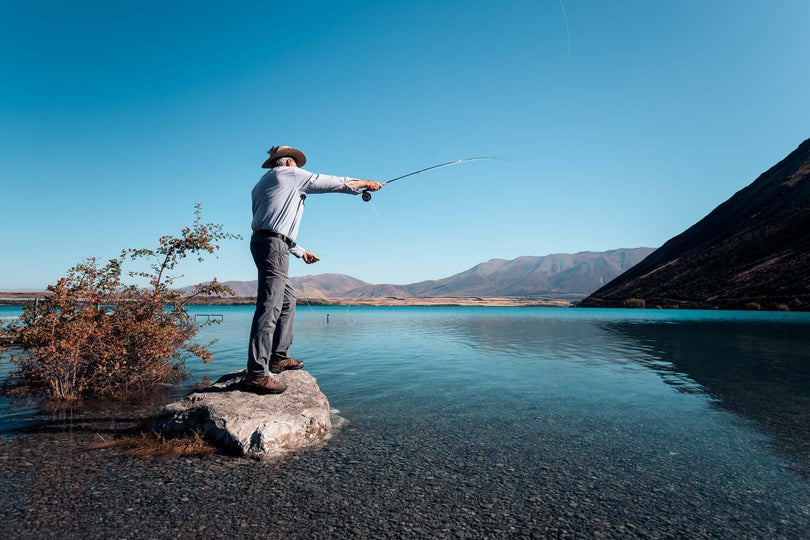
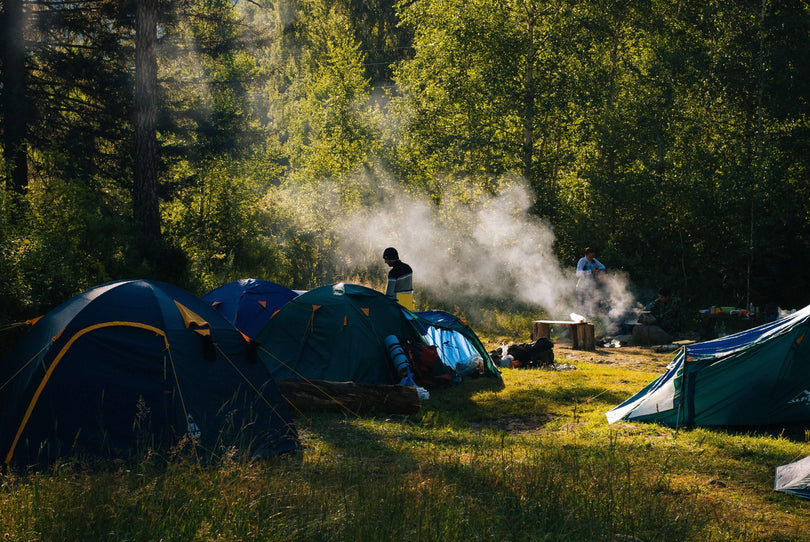


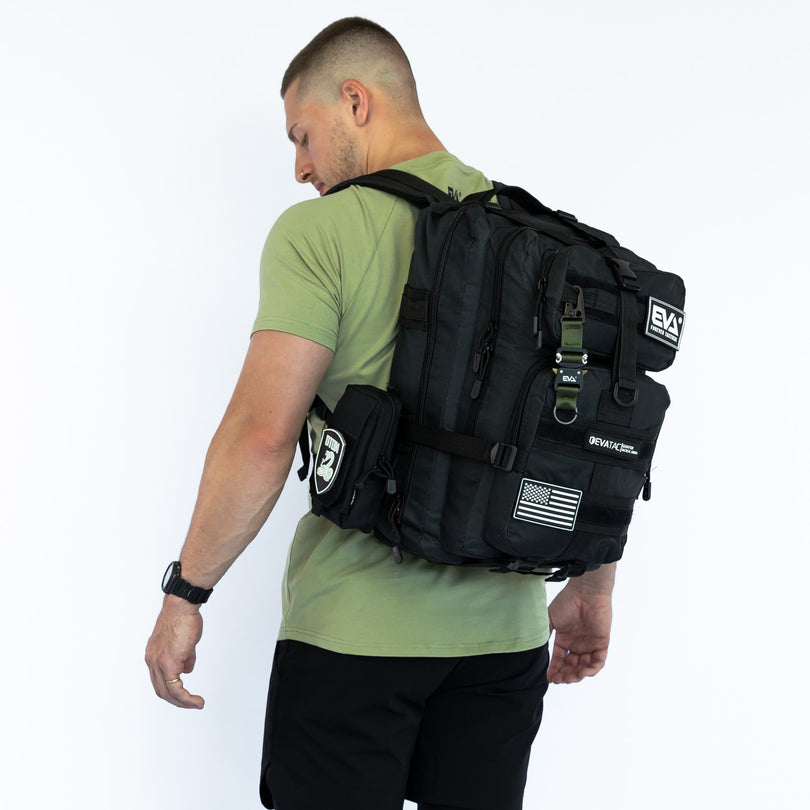
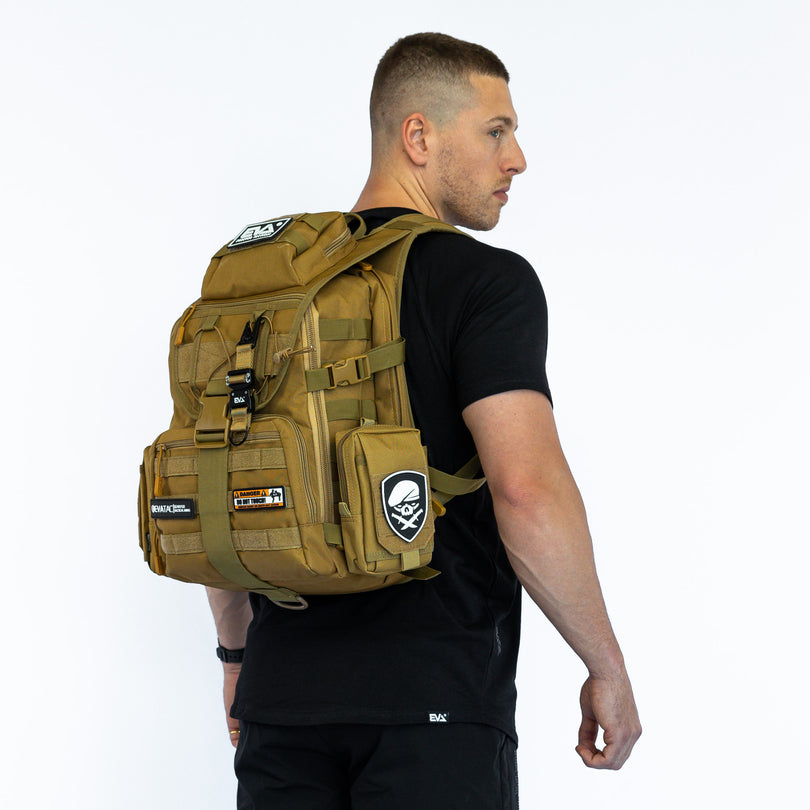
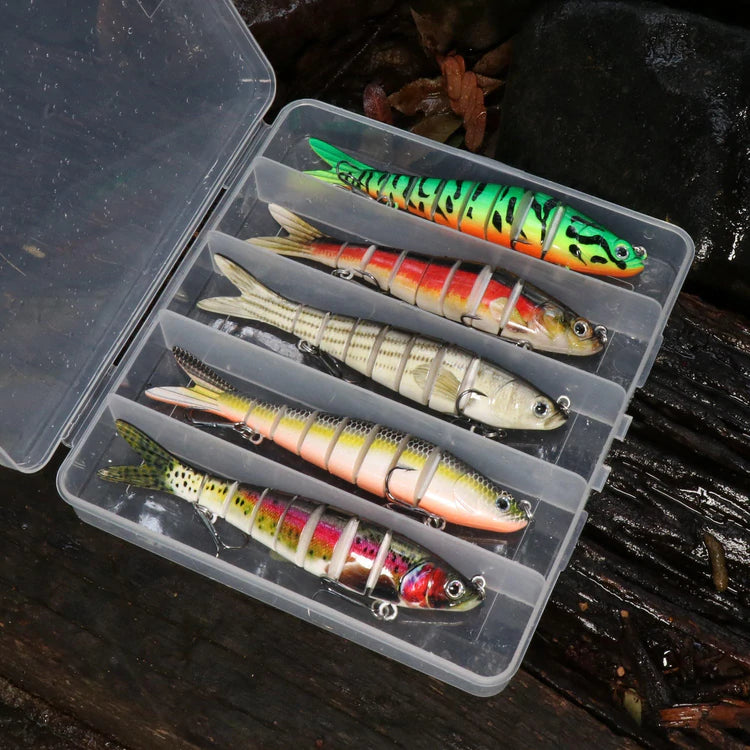
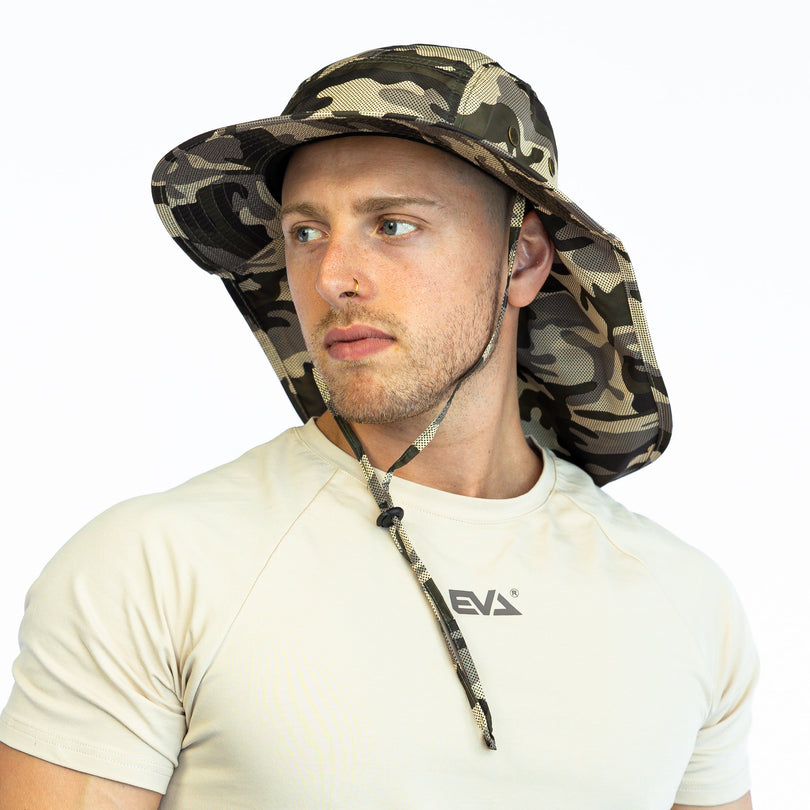

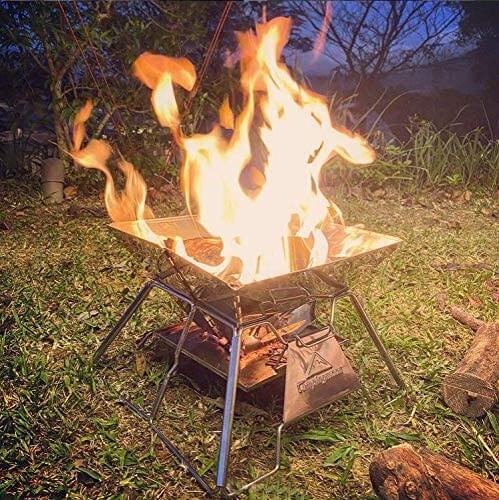
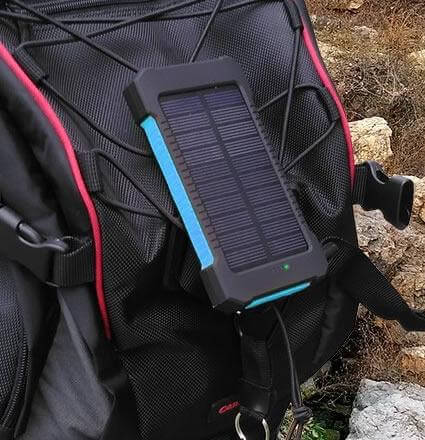

2 comments
Maxwell Cooper
The variety of landscapes and fish species down there must make it such an exciting experience. I’ve done a bit of fishing in Australia myself, mostly inshore, but I’ve always wanted to try fly fishing in those pristine rivers and coastal spots. It’s also got me thinking about mixing it up with some deep sea fishing charters next time I’m down under.
Visit – https://gonefishinggoldcoast.com/5-hours-charter/
The variety of landscapes and fish species down there must make it such an exciting experience. I’ve done a bit of fishing in Australia myself, mostly inshore, but I’ve always wanted to try fly fishing in those pristine rivers and coastal spots. It’s also got me thinking about mixing it up with some deep sea fishing charters next time I’m down under.
Visit – https://gonefishinggoldcoast.com/5-hours-charter/
Paul Tovey
Hi
Could you please email a newsletter
Thanks
Paul
M 0405297496
Hi
Could you please email a newsletter
Thanks
Paul
M 0405297496